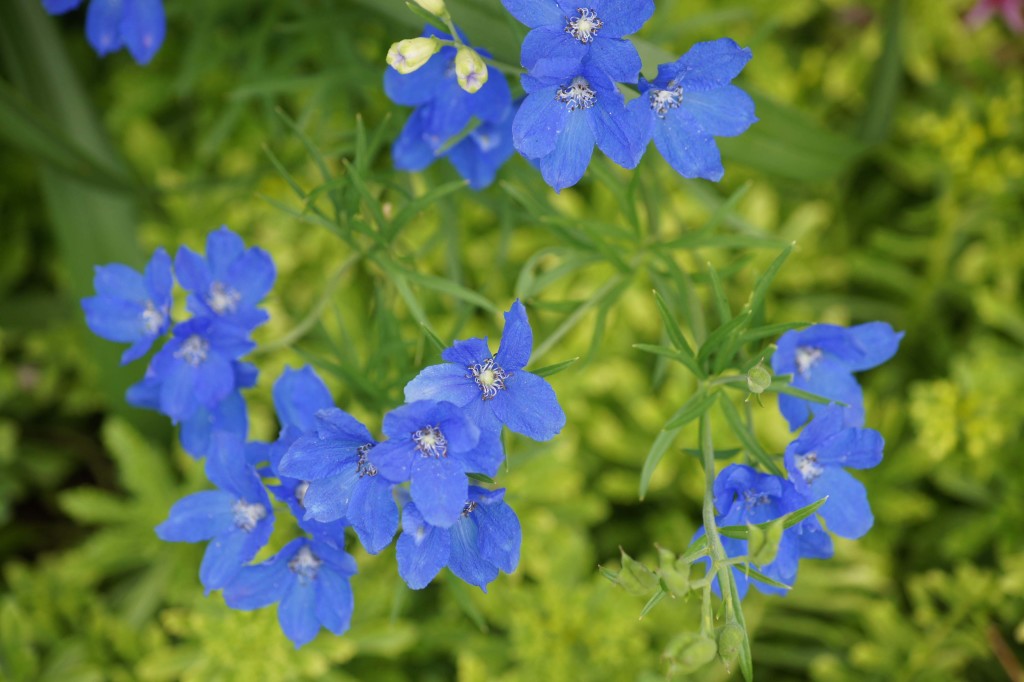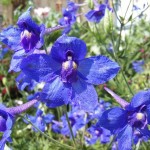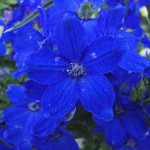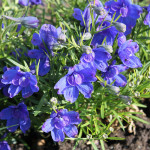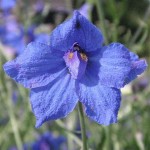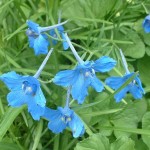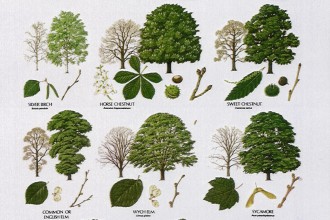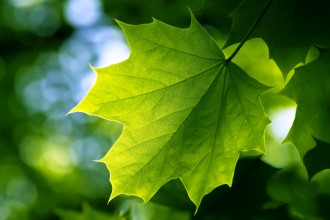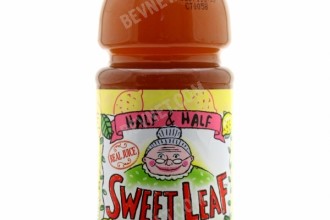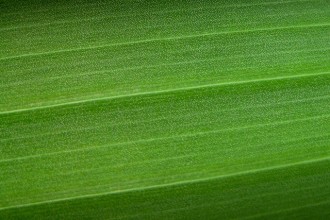6 Blue Butterfly Delphinium
Sponsored link:
Usually crops specially 6 Blue Butterfly Delphinium gain diet through their beginnings (water and nutrients) and leaves (intake of daylight and carbon dioxide (CO2)) to generate ATP ((adenosine triphosphate or vitality) to satisfy their metabolic requirements) and starch (a book for when photosynthetic circumstances aren't ideal (e.g. Decrease in depth and period of daylight, droughts, frosts, as well as other unfavorable scenarios). Nevertheless, carnivorous/“insectivorous” crops should ingest extra resources of food. Appropriately they “attract, catch, destroy, digest, and absorb [the nutrients of dwelling] prey” containing mostly of invertebrates.
Presently you can find 600+ recognized variety of carnivorous plants owned by at the very least eight seed people that work with a number of techniques to appeal and lure feed – special smells, chemical secretions, vibrant plants and/or orbs, smooth or desperate floors and/or physical barriers. Though they often increase in mild spots “where water and periodic sunlight are ample as well as the dirt is [acidic] and inadequate in vitamins (particularly nitrates, calcium, phosphates, and irons, that are required for protein synthesis, cell-wall stiffening, nucleic acid synthesis, and chrolophyll synthesis, respectively) for example acidic bogs, [fens] and stone outcroppings,” they occur in several locations. They survive terrain as well as in water (e.g. the venus flytrap (Dionaea muscipula) lifestyles in acidic ingredients comprising large levels of ammonium (a harmful compound) having a ph of between 4-to 5, as the bladderwort (Utricularia genus) lifestyles in water). Some grow-out of damp boggy ingredients (e.g. pitcher plants – Darlingtonia and Sarracenia), some increase in low-mild situations where winters deliver winter and snowfall (e.g. The most popular pitcher plant – Sarracenia purpurea), others put their barriers across the dirt (Genlisea) or flourish in leave-like circumstances and on calcium-abundant limestone deposits (e.g. the Colonial dewy wood – (Drosophyllum lusitanicum) and butterwort – (Pinguicula valisneriifolia), respectively, though some exotic pitcher plants of the Nepenthes genus increase vines up-to a huge selection of legs long with barriers that will catch “creatures as huge as frogs [as well as] some chickens and mice.
Feel free to download the Photographs under 6 Blue Butterfly Delphinium post for free. Suport us by sharing this Photographs to your family.
4272 x 2848 330 x 220 728 x 485 150 x 150
Download HereSponsored link:
